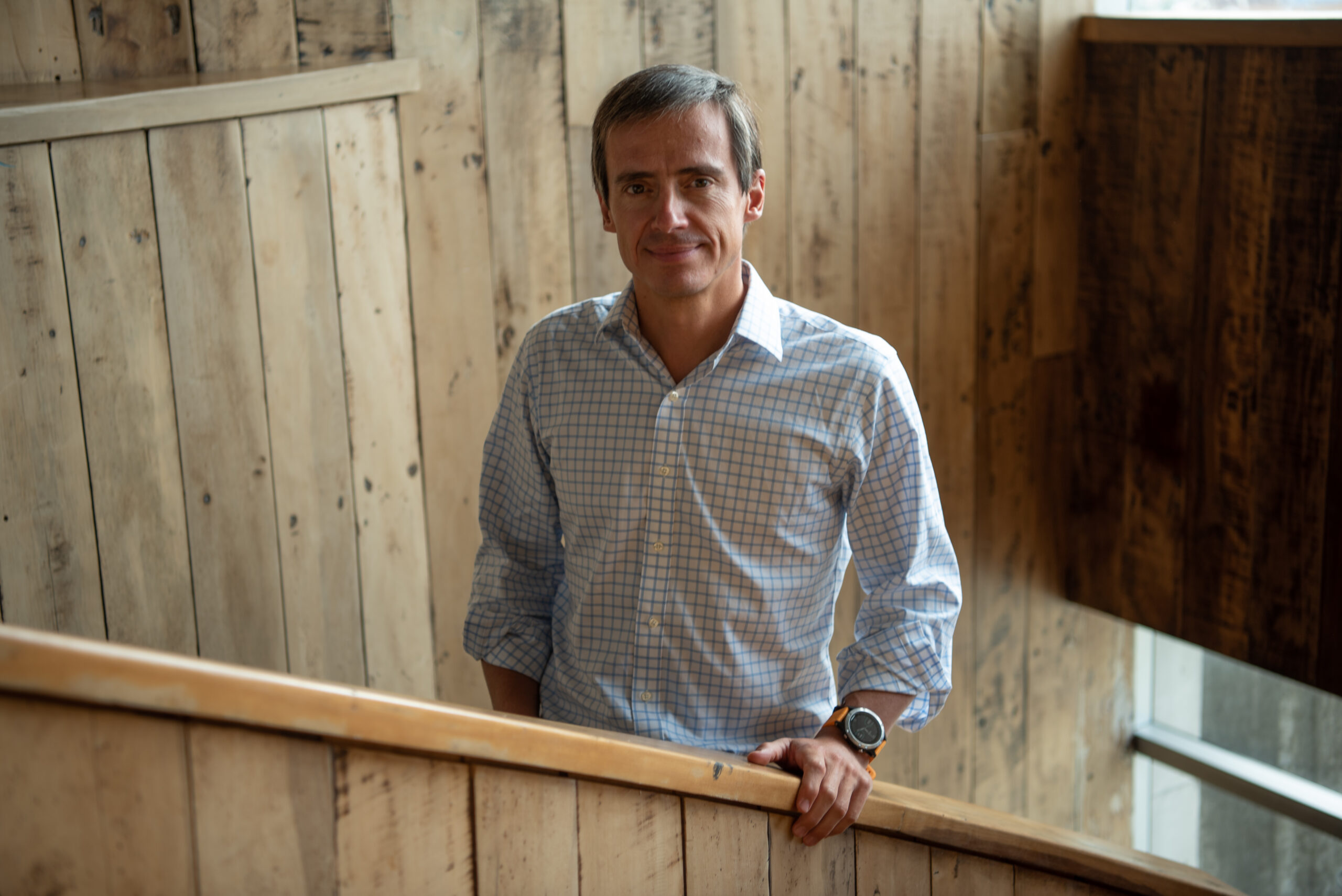Chile: The Chilean company has two strategic focuses, which are expanding its operations in the Aysén region, and increasing its production of Coho salmon as they require very little antibiotics and are immune to sea lice.
After suffering losses in the first half of this year, the CEO of Salmones Camanchaca, Manuel Arriagada, told Salmonexpert that profitability will be restored during the second half of 2021, “because costs are returning to normal and the company will be in a better position to capture higher prices. We expect a gradual improvement with effect from this month, and forecast returning to normal in 2022.”
What is the basis for this positive forecast?
As we described in our official press release regarding our results for the quarter, the company foresees favorable conditions that support this view. Firstly, the salmon markets have reacted favorably in 2021 and demand is strengthening, so while supplies are limited this has resulted in higher prices, and we expect this scenario to continue to some extent next year.
Secondly, we are taking a more cautious approach with greater geographic diversification for the next few cycles, by expanding our operations at farming sites in the Aysén region and taking advantage of the numerous available sites, in order to reduce our risk exposure. Furthermore, our positive experience with Coho salmon has encouraged us expand our exposure to this species that carries less risk, as they are harvested before the summer season.
How will expanding operations in the Aysén region reduce risk?
This relates to our more cautious and risk-diversified approach that I mentioned earlier. The plan is to use sites located in the oceanic areas of the Aysén region, as the risk of environmental incidents in these areas is lower. We are thinking of two to three sites.
Will you reduce operations in the Los Lagos Region?
We are not planning to reduce our operations in the Los Lagos region, instead we are planning to expand our geographical diversification, in order to reduce our risk exposure and focus on those sites that are less likely to experience environmental incidents.
You also said you will increase your Coho salmon production, why is this?
This is basically because the production cycle of Coho salmon does not involve the summer, thus avoiding exposure to algal blooms as these occur mostly during this season. Furthermore, Coho salmon require very few antibiotics making them more sustainable, and they are immune to sea lice so do not require any antiparasitics.
Therefore, this product is extremely sustainable, which also heavily influenced that decision. So the three factors that have influenced the decision are lower risk from algal blooms, very low antibiotic requirements and immunity to sea lice.
Is 70,000 tons a sustainable salmon production target?
If we have proposed it, then we certainly believe it is sustainable. This forecast is focused on sites that are mostly located in the Aysén region, where we have lower exposure to specific events. This will be completed in 2024.
What technological strategies will be employed to improve the business, for example, to predict environmental incidents in the midst of climate change?
We will have technological protection systems to prevent algae from entering farming sites when algal blooms appear. For example, using air bubble curtains that protect each site within its environment. Another measure is online algae monitoring using artificial intelligence tools that rapidly detect harmful algae.
We are also installing systems that generate currents to prevent algae from entering our sites. Finally, we will prepare back-up farming sites and logistic procedures to transport live fish in large wellboats (3,000 m3). Consequently, if an environmental incident occurs, we can move our live fish to other areas in order to avoid any harmful consequences.
 Contacto
Contacto  Denuncias
Denuncias  Est. Financieros
Est. Financieros  Portal Clientes
Portal Clientes  Proveedores
Proveedores 

